What follows is the first part in a two-part series. Here, Richard Bush offers his thoughts on what was noteworthy in Xi Jinping’s recent address on Taiwan. In the second post, he focuses on what he sees as the key obstacle to Xi Jinping or any other Chinese leader carrying out Taiwan’s unification.
On January 2, China’s President Xi Jinping gave a long speech on Beijing’s policy of unification with Taiwan, restating the rationale for that policy for the benefit of domestic and Taiwan audiences. The purpose was to mark the 40th anniversary of a statement China made to Taiwan on New Year’s Day 1979, the same day that China and the United States established diplomatic relations. That Xi made the speech was not a surprise: Reaffirming policy is what leaders do on anniversaries.
The 3,500-word address reiterated most of the accumulated tenets and tropes of China’s goal of unification of Taiwan over the last 40 years. But there was not a significant shift in Chinese policy and no sign it will make a dent in opposition to unification in Taiwan.
The 1979 statement: A refresher
The key innovation in 1979 statement was to shift Beijing’s basic approach regarding Taiwan from “liberation,” which includes the possibility of violence, to “peaceful unification.” Xi re-emphasized that peaceful unification was still the best way to end the division that had existed between the Chinese Mainland and Taiwan ever since 1949, when Chiang Kai-shek’s Republic of China government and its ruling Nationalist/Kuomintang (KMT) party, defeated by Mao Zedong’s communists, retreated to Taiwan. For Xi to reemphasize peaceful unification is not a small matter because recently some in China who are frustrated that the goal remains unfulfilled have advocated the use of force.
The 1979 statement did not say much about the terms and conditions for resolving its dispute with Taiwan and achieving unification. Those were developed in the early 1980s and summarized by the slogan “one country, two systems” (1C2S). This is the approach that China first implemented in Hong Kong, and the formula that was applied there gives the best sense of how it might be used in Taiwan, although that is not for certain. Under 1C2S, in summary:
- Taiwan would become a special administrative region of the People’s Republic of China (PRC), and, by implication, the Republic of China (ROC) government would cease to exist. The Chinese flag would fly over Taiwan.
- Taiwan’s economic and social life would continue more or less as before.
- Politically, Taiwan’s institutions would be transformed into sub-national bodies, and, based on Hong Kong’s experience, these would be structured to prevent political forces and political leaders that China didn’t like from coming to power.
What Xi did and didn’t say
The first noteworthy item in Xi’s January 2 address—and in his entire approach to Taiwan—is how he embeds the specific issue of unification into the signature theme for his now open-ended tenure as China’s leader: the “great rejuvenation of the Chinese nation.” In fact, the same theme—a divided China is a weak China—appears in the 1979 statement whose anniversary he was celebrating.
Second, Xi stated what may seem to be a new version of the 1992 Consensus: “the two sides of the Strait belong to one China and will work together to seek national unification.” Actually, that was Beijing’s formulation at the time. Taipei had a less definitive formulation then, but Xi did not rewrite history.
Third, Xi backtracked from past policy on what aspects of Taiwan’s current system would be preserved after unification under 1C2S. He said, “Under the premise of ensuring national sovereignty, security, and development interests, the social system and life styles of Taiwan compatriots will be fully respected…and the private property, religious beliefs, and legitimate rights and interests of Taiwan compatriots will be fully guaranteed.” This is less than previous formulations, which included the Taiwan army and the island’s political institutions. Moreover, Beijing would likely reserve for itself how to define “legitimate rights and interests.”
Fourth, Xi Jinping did not set an explicit deadline for unification. Yet he did warn, as he did in 2013, that the Taiwan issue “should not be passed down generation after generation.”
Fifth, Xi did propose the creation of a body to conduct “extensive and in-depth democratic consultations on cross-Strait relations and the future of the nation and make institutional arrangements for promoting peaceful development of cross-Strait relations.” It would be composed of individuals representing political parties and various social circles on Taiwan and the Mainland. The catch with this vague proposal was the precondition for participation: “on the common political basis of adhering to the ‘1992 Consensus’ and opposing ‘Taiwan independence.’” Under current circumstances, that would guarantee the exclusion of representatives of the Democratic Progressive Party (DPP), which Beijing believes is separatist in character, and any social groups with similar political outlooks. That would render the idea a non-starter.
Sixth, Xi reiterated a principle that he had left out of the Taiwan section of his report to the 19th Party Congress of the Chinese Communist Party in November 2017: “placing hopes on the Taiwan people.” The implication I see here is that Beijing has more confidence now than it did two years ago that the KMT will come back to power in 2020 and so displace the current DPP administration.
Seventh, he reiterated a line from former President Jiang Zemin’s speech on Taiwan from January 1995: “Chinese will not fight Chinese.” On the other hand, Xi would not commit Beijing to abandoning the use of force and said it would “reserve the option to take any necessary measure.” This threat was directed, he said, “at the interference of external forces [code for the United States] and at an extremely small number of ‘Taiwan independence’ separatists and their separatist activities.” Chinese leaders would themselves interpret this vague formulation.
Eighth, Xi revived the goal of “the institutionalization of cross-Strait economic cooperation [and build a cross-Strait common market.” The two sides had been moving in this direction during the Ma Ying-jeou administration but the process stalled in 2014 because of concern in Taiwan about opening the market to the Mainland too widely. Even today, not all on Taiwan would welcome a return to Ma’s policies.
Within the fairly tight parameters of past policy, therefore, Xi made as good a case for unification as any Chinese leader could make. He stressed how ending the state of division fit within the broader revival of China as a great power. However, he gave no hint that China was prepared to creatively adjust the substance of 1C2S to accommodate Taiwan concerns and even retreated from previous promises. As much as he promised that Beijing would take Taiwan viewpoints into account, he ignored Taiwan’s democratic system and the obstacle it has created to China’s achievement of its goals.
The Brookings Institution is committed to quality, independence, and impact.
We are supported by a diverse array of funders. In line with our values and policies, each Brookings publication represents the sole views of its author(s).
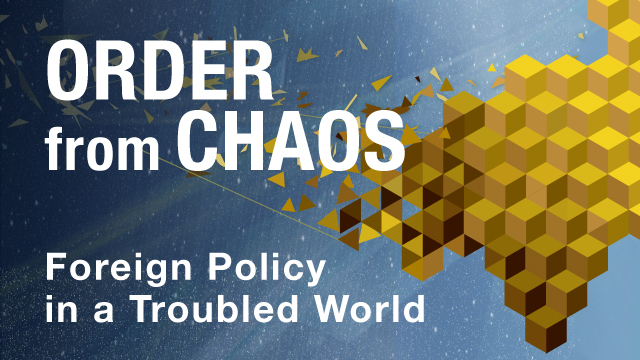
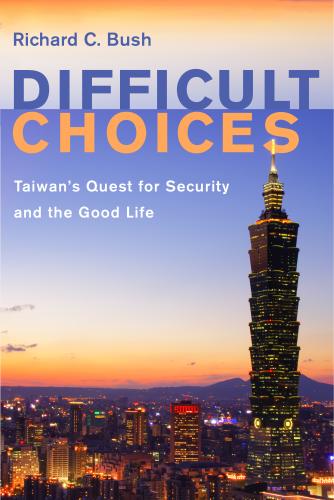
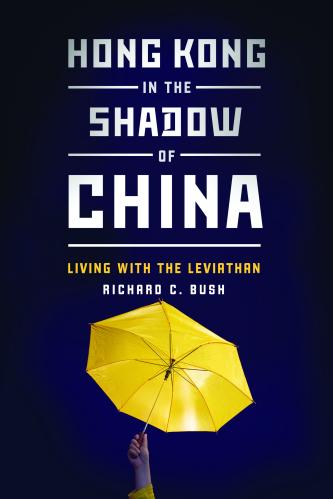
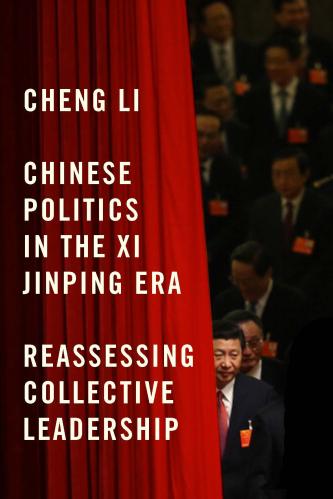
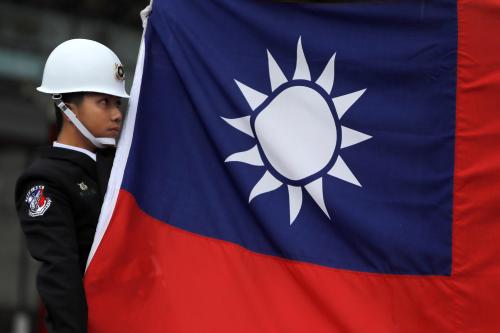
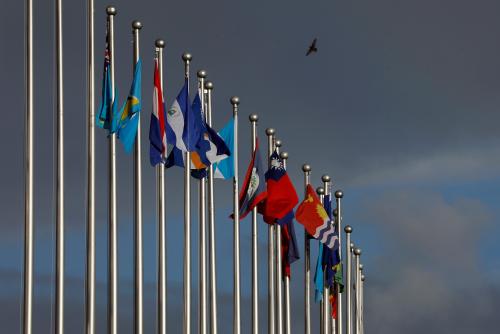

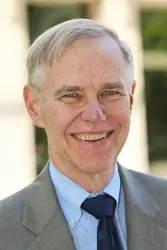
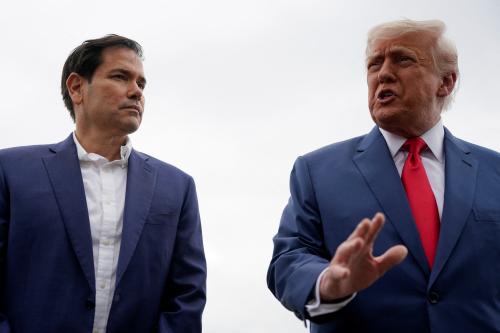
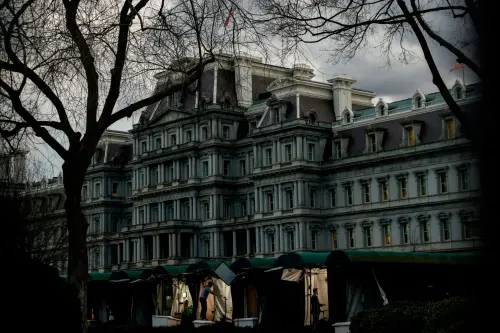

Commentary
8 key things to notice from Xi Jinping’s New Year speech on Taiwan
January 7, 2019